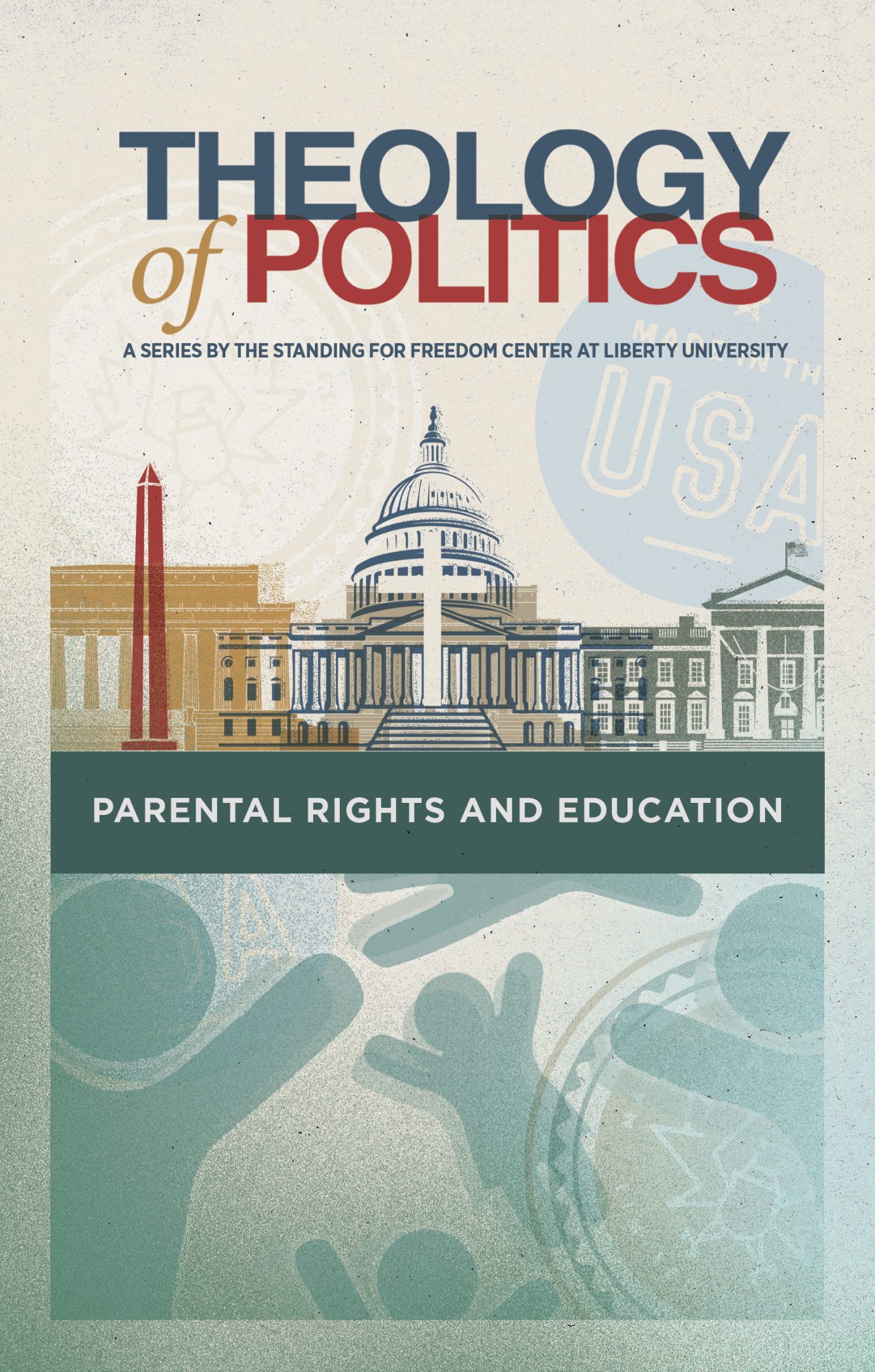


Get a free copy of Parental Rights & Education when you subscribe to our newsletter!

“My hope is that the ruling from the court that there was indeed a violation of the right to life will put the world on notice as to the immense harm euthanasia inflicts not just on people in vulnerable situations contemplating ending their lives but also their families and ultimately society.”
–Tom Mortier
The European Court of Human Rights ruled that Belgium violated Article 2 of the European Convention on Human Rights, which protects the right to life, when it failed to properly review the euthanasia of Godelieva de Troyer, who was 64 at the time of her death.
Belgium has one of the most lenient euthanasia laws in the world, having made it legal for physicians to use drugs to kill patients in 2002, even for children or in cases of mental health issues. The law requires that a person must be in “medically futile condition of constant and unbearable physical or mental suffering that cannot be alleviated, resulting from a serious and incurable disorder caused by illness or accident,” in order to be euthanized.
According to Alliance Defending Freedom (ADF) International, which represented de Troyer’s son, Tom Mortier, de Troyer had suffered from depression for decades; however, her psychiatrist of more than 20 years doubted she met the requirements for euthanasia.
In September 2011, de Troyer informed Dr. Wim Distelmans, the co-chair of the Federal Board for the Review and Assessment of Euthanasia, that she wanted to be euthanized. Over the next few months, she saw Distelmans. Distelmans, a leading advocate for euthanasia, had founded a non-profit that advocates for the procedure.
Despite being an oncologist and not a mental health expert, Distelmans determined that de Troyer “was severely traumatised, that she had a serious personality and mood disorder and that she no longer believed in recovery or treatment.”
ADF claims that Distelmans referred her to other doctors in the same association, despite a requirement to get independent opinions.
Before Distelmans euthanized her, de Troyer donated 2,500 euros to his non-profit.
She was euthanized in April 2012. Mortier claims that it wasn’t until the hospital called him and let him know his mother had been euthanized that he learned of her intent.
The court found, however, that doctors did try to get de Troyer to inform her children. About two weeks before her death, she sent an email to her children telling them farewell. Her daughter responded supporting her decision, but Mortier did not respond.
In 2013, the Board, on which Distelmans served, conducted a review and determined the doctor had followed the law. Mortier filed a complaint against Distelmans, which was initially dismissed but was later reopened due to missing documents from de Troyer’s file. The prosecutor’s office found that the euthanasia had been carried out in accordance with Belgium’s law. Mortier then filed a complaint with the European Court.
On Tuesday the Court handed down its ruling. Although the Court ruled in favor of Belgium in three of four counts, effectively reaffirming the legality of its euthanasia law, it did rule that Belgium violated de Troyer’s right to life on “account of the lack of independence of the Federal Board for the Review and Assessment of Euthanasia and the length of the criminal investigation in the case.”
The Court added:
“The procedure under section 8 of the Euthanasia Act did not prevent the doctor who performed the euthanasia from sitting on the Board and voting on whether his or her own acts were compatible with the substantive and procedural requirements of domestic law. Consequently, and having regard to the crucial role played by the Board in the subsequent review of euthanasia, the Court considered that the machinery of review applied in the present case had not guaranteed its independence, irrespective of any actual influence Professor D. might have had on the Board’s decision concerning the euthanasia in question.”
Robert Clarke, deputy director of ADF International, hailed what is considered a landmark decision, saying,
“We welcome the court’s finding of an Article 2 violation, which demonstrates the inadequacy of ‘safeguards’ for the intentional ending of life. The facts of this case counter the notion that there is a so-called ‘right to die’ and lay bare the horrors that inevitably unfold across society when euthanasia is made legal. Unfortunately, while the court indicated that more ‘safeguarding’ is an appropriate solution to protecting life, it makes clear in its own ruling that laws and protocols were indeed insufficient to protect the rights of Tom’s mother.”
Mortier responded by stating, “This marks the close of this terrible chapter, and while nothing can alleviate the pain of losing my mother, my hope is that the ruling from the court that there was indeed a violation of the right to life will put the world on notice as to the immense harm euthanasia inflicts not just on people in vulnerable situations contemplating ending their lives but also their families and ultimately society.”

This sad story shows that when man decides to play God and make decisions on life and death, the result is always the same: a wide path of destruction and grief. Euthanasia was originally touted as a merciful option for the most terminally ill patients to end unbearable pain and suffering, but as with the case of abortion, it didn’t take long for it to head down the slippery slope.
Here we see a mother casually put to death not because she was on the brink of death but because she was depressed and diagnosed as “incurable.”
This is, unfortunately, the world’s way of dealing with problems. In her struggles, Godelieva de Troyer needed someone to go the extra mile by helping carry her burdens, reconnect with her family, and persevere in finding solutions to her depression; instead, she got an unapologetic euthanasia enthusiast who helped her give up hope and end her life, leaving a devastated family behind.
Several European countries have legalized euthanasia, but it’s not staying in Europe. In 2016, Canada, for example, enacted one of the most extreme euthanasia laws in the world. In 2019, more than 10,000 Canadians were euthanized. Next year, the law will be expanded to include minors and those with mental illness. Even the U.N. has voiced concerns with the law as reports arise of Canadians choosing to be euthanized because they can’t afford to continue paying high health care costs.
At the heart of the euthanasia issue is the lack of understanding about the value of life. Genesis 1:27 tells us that man is made in God’s image. God hates the shedding of innocent blood, and euthanasia, whether requested or not, ends the life of an image bearer against His will. Euthanasia, as with any other suicide, also harms others. Rather than relying on euthanasia to end pain, we should encourage those who are hurting and lead them to God, who is “a stronghold in times of trouble” (Psalm 9:9) and who “heals the brokenhearted and binds up their wounds” (Psalm 147:3).
God alone can truly heal a suffering person’s external and internal hurts and give them hope and a future, and He alone is to decide when a person’s life here on earth is complete.
Ready to dive deeper into the intersection of faith and policy? Head over to our Theology of Politics series page where we’ve published several long-form pieces that will help Christians navigate where their faith should direct them on political issues.
Notifications